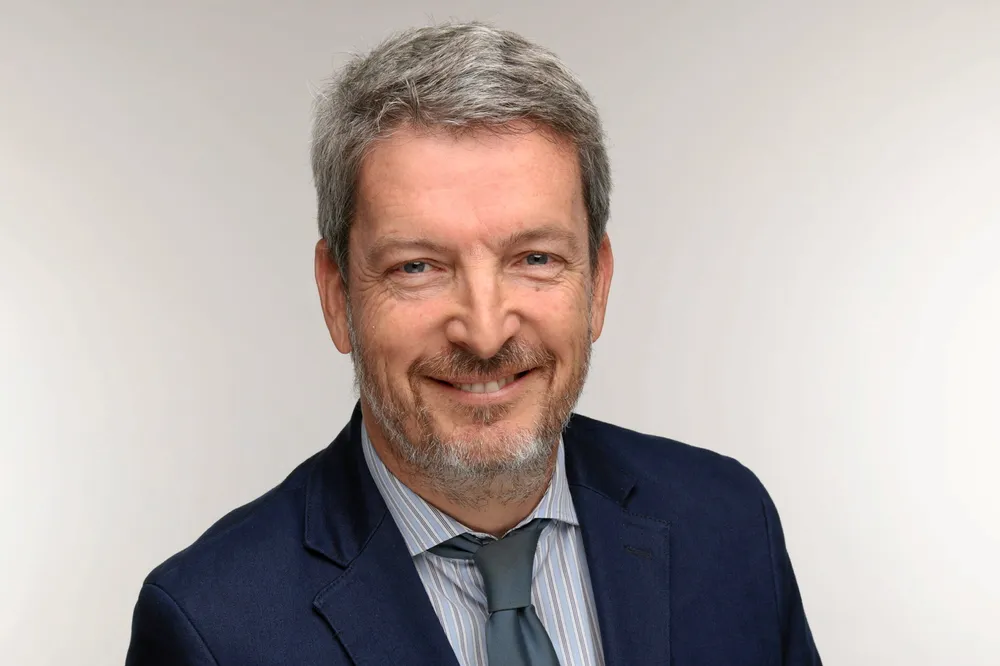TotalEnergies-backed green hydrogen megaproject reveals details of gigawatt-scale first phase
Chariot Energy and TEH2 aim to take a final investment decision in the latter half of 2027

Chariot Energy and TEH2 aim to take a final investment decision in the latter half of 2027
